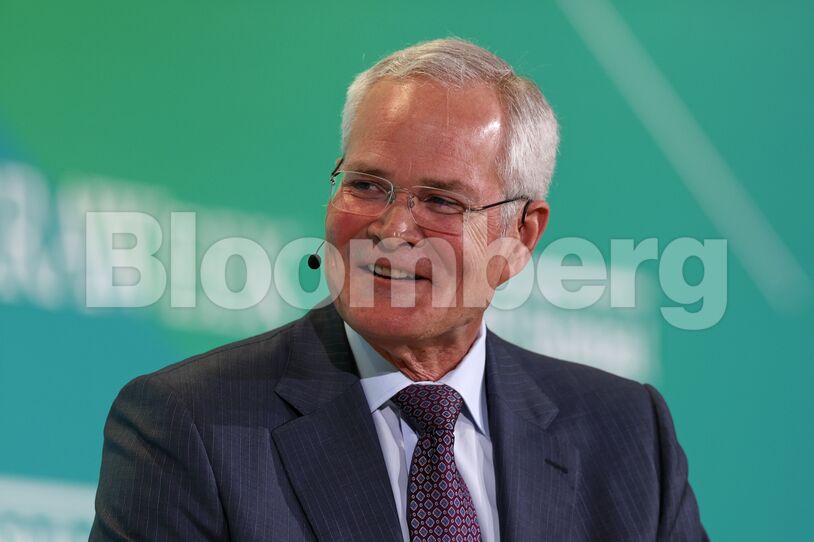Strong results over the past four quarters underscore how they’ve whipped themselves into robust financial shape in response to back-to-back oil-market collapses by cutting costs and streamlining portfolios. Now, ample cash flows mean shareholders have little reason to worry about the sanctity of dividends — even as oil prices flounder around $78.
Exxon on Friday reported its best-ever start to a year with first-quarter net income of $11.4 billion after oil production soared from new wells in the US and off the coast of South America. Chevron’s profit rose slightly to $6.6 billion as oil-refining profits rebounded amid climbing fuel demand.
Investors applauded Exxon but were disappointed with Chevron, which disclosed slipping output in the Permian Basin. Exxon was the day’s best performer among S&P 500 energy stocks with a 1.9% increase at 9:40 a.m. in New York. Chevron slid 0.8%.
Both companies have posted hefty profits for four straight quarters even as international crude prices slid more than 35% from last year’s peak. Exxon has earned more than $10 billion a quarter during that span while Chevron’s average was close to $9 billion — something neither company has done since at least 2008, when crude reached $147.50.
The results “reflect changes we’ve made,” Exxon Chief Executive Officer Darren Woods said during an interview with CNBC on Friday.
Exxon’s adjusted earnings of $2.83 a share were 20 cents higher than the Bloomberg Consensus. Chevron also exceeded expectations with $3.55 in per-share adjusted profit.
Exxon said its net debt-to-capital ratio shrank to 4% at the end of the period, thanks in large part to a cash pile of almost $33 billion. The company has sought to enrich investors via dividends and share buybacks, and Exxon is the best-performing energy stock in the S&P 500 Index this year.
The unexpected results were “really all about us increasing our production volumes significantly,” Chief Financial Officer Kathy Mikells said during an interview. Exxon’s output off the coast of Guyana and in the US Permian Basin rose 40% on a combined basis from a year earlier, she noted.
As for Chevron, the company’s worldwide fleet of refineries reaped $1.8 billion during the period, a five-fold increase from the first quarter of 2022.
Chevron has pledged to maintain investor payouts even as it faces pressure to fund new projects key to expanding production.
Chevron’s results followed a disappointing end-of-2022 performance and confusion over its strategy for repurchasing shares. Executives were forced to redraw development plans in the Permian Basin after wells clustered too closely together hindered productivity.
Share This:




 CDN NEWS |
CDN NEWS |  US NEWS
US NEWS 
































COMMENTARY: Where the Fight Against Energy Subsidies Stands – Alex Epstein